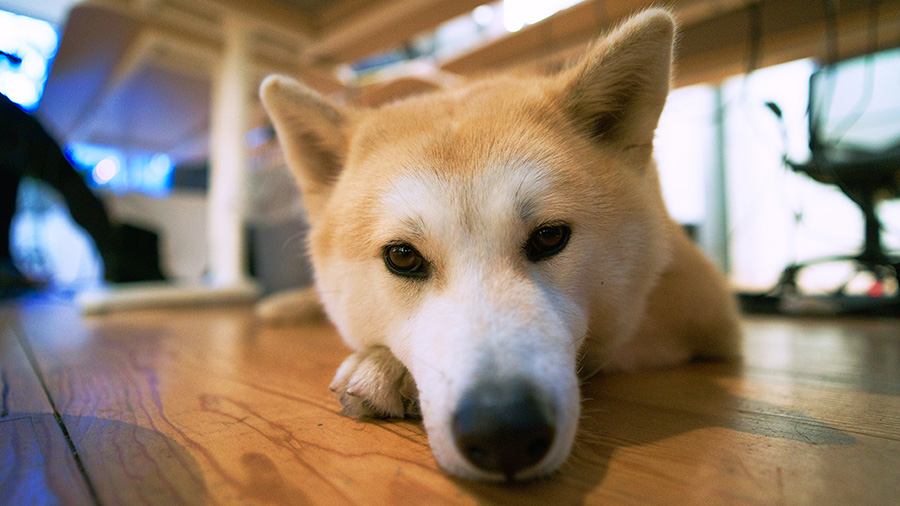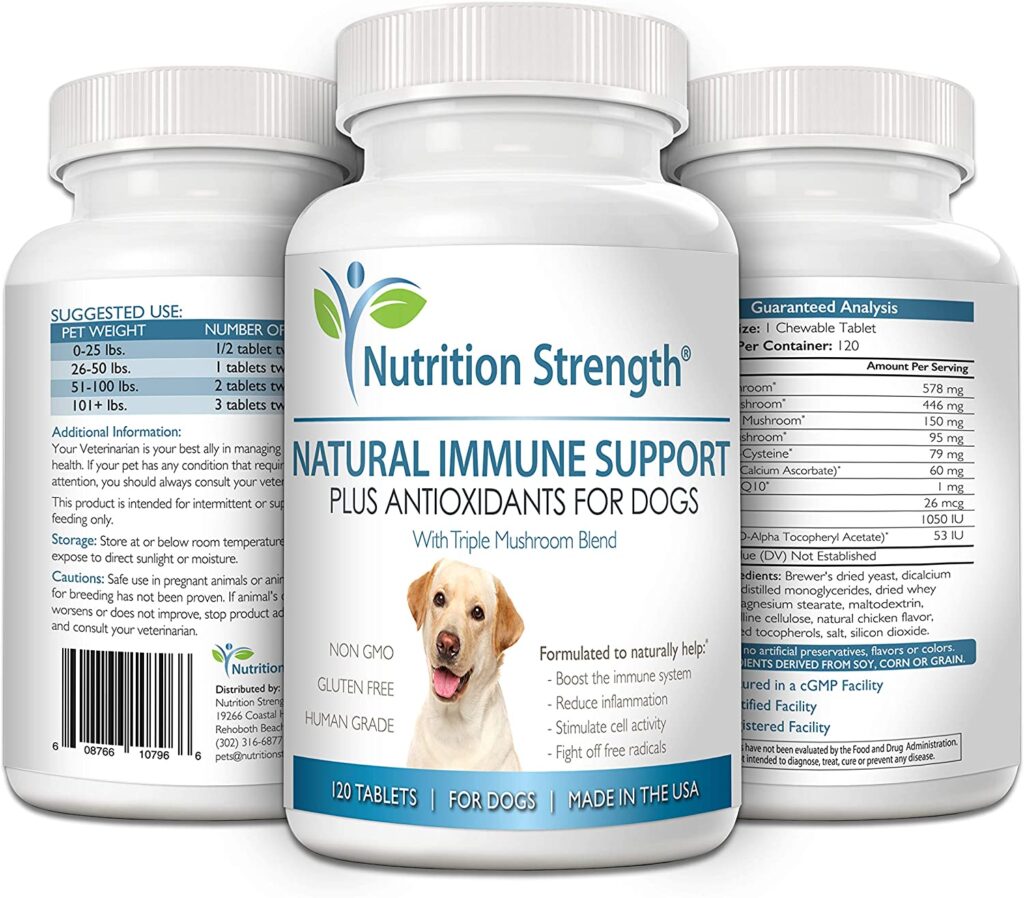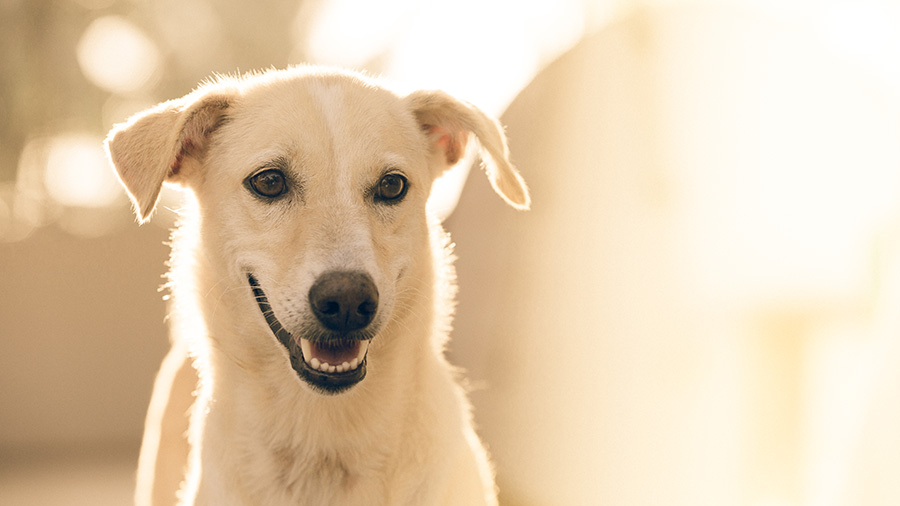Mast Cell Tumor in Dogs: What You Need to Know About It
Mast cell tumor in dogs is among the most prevalent cancerous conditions in all species. These tumor structures grow from immune system cells known as “mast cells,” which generally protect a dog’s body from inflammation and allergic responses.
Мast cell cancer in dogs are caused by a variety of factors. Fortunately, most mast cell malignancies are limited to a single location.
However, they can spread to the lymph nodes, blood, spleen, liver, lungs, bone marrow or other cutaneous areas. Multi-modality treatment will be necessary if the tumor spreads to other body parts.
Below we will examine the latest research into this illness to help prepare you to deal with it if you suspect your dog has developed the condition.
Table of Contents
- What Is a Mast Cell Tumor (MCT)?
- What Are Mast Cell Tumor Clinical Symptoms?
- What Causes MCTs?
- How Is MCT Diagnosed?
- How Does This Cancer Typically Progress?
- How Are MCTs Treated?
- What Is the Prognosis of MCT?
- Recovering from Mast Cell Tumors
- The Takeaway
- Nutrition Strength Immune Support for Dogs
Check out our Nutrition Strength Immune Support for Dogs here.
What Is a Mast Cell Tumor (MCT)?
Mast cell tumors are the most prevalent kind of dog skin cancer. Mast cells are white blood cells found in connective tissue throughout the body and are part of the immune system. They are in charge of allergic reactions.
Mast cells become malignant when they begin to divide abnormally and form tumors. Mast cell tumors are frequently confused with other skin lesions such as warts or benign lumps.
They may take any form, stiffness, size or location. However, in most instances, they are complex, solitary, slow-growing skin lumps. A canine mast cell tumor may also produce severe allergic (anaphylactic) responses in certain situations.
Because mast cell tumors are adept at imitating other skin disorders, your veterinarian may struggle to diagnose one by looking at it.
They are more frequent in middle-aged dogs. Some breeds, such as Boxers and Boston Terriers, are predisposed to them. So it is always a good idea to have your doctor examine any weird skin tumors that emerge on your dog.
What Are Mast Cell Tumor Clinical Symptoms?
Mast cell skin tumors may grow anywhere on the body and vary in appearance. For example, if we talk about a mast cell tumor, a dog’s hind leg is one of the most affected areas.
They might appear as a raised lump or bump on or under the skin and can be red, ulcerated or swollen. While some may be present for many months without expanding significantly, others may arise unexpectedly and rapidly.
They may sometimes develop swiftly after months of little change. These structures may seem to change size daily, either bigger or smaller. This may happen naturally or as a result of disturbing the tumor, which induces degranulation and swelling of the surrounding tissue.
Some substances and compounds may enter the circulation and create issues elsewhere when mast cells degranulate. Ulcers in the stomach or intestines may result in vomiting, loss of appetite, tiredness and melena (black, tarry stools associated with bleeding). Less often, these substances and compounds may trigger anaphylaxis, a potentially fatal allergic response.
Although rare, MCTs of the skin may migrate to the internal organs. There they create enlarged lymph nodes, spleen, and liver, as well as peritoneal effusion (fluid build-up) in the abdomen, giving the belly a rounded or inflated appearance.
What Causes MCTs?
The precise etiology of the formation of an MCT is still unknown. It is necessary to note that it is not something you have done or, conversely, something you have failed to accomplish.
As previously indicated, certain breeds are predisposed, implying some dogs’ genetic elements at work. Vets also observe more MCTs in overweight dogs than underweight dogs, providing additional motivation for pet owners to maintain their pets at a healthy weight.
How Is MCT Diagnosed?
An MCT examination in a dog may include many tests that will allow oncology experts to identify the degree of the illness — a procedure known as staging.
This is especially important if the MCT is suspected of having a higher grade, which is more prone to aggressive behavior. A specialized cancer nursing team member should care for your dog during this time.
Blood Work and Urinalysis
Blood and urine samples are routinely collected. It provides crucial information about the patient’s overall health, allowing us to build unique anesthesia regimens. It may also tell us whether MCT damages the liver or if it causes stomach ulcers and bleeding.
Fine Needle Aspirate (FNA)
A thin needle is used to extract a sample of the cells, which are then placed on a glass plate and studied under a microscope to detect mast cells.
This is usually done without the need for sedation. It is also typical for the nearby lymph gland / node to be sampled since this is the first location where metastases are found.
Radiographs
X-rays of the abdomen may reveal if the tumor has spread to other places of the body.
Ultrasound
This additional imaging tool determines if the tumor has progressed to other body parts, particularly the abdominal organs and lymph nodes.
MCTs often spread to lymph nodes initially, then to distant locations such as the liver and spleen. There is mounting evidence that removing a metastatic lymph node may even aid in the cure of certain severe MCTs if they have not progressed further.
It is not usually clear which lymph node drains the MCT (the “sentinel” node), creating the potential of sampling or removing the erroneous node.
Some specialists use specific equipment to provide contrast-enhanced ultrasound sentinel lymph node mapping. Sentinel lymph node mapping indicates that the proper lymph node for that tumor, at that moment, in that patient has been detected.
The approach involves injecting a harmless contrast chemical into the tissues around cancer. It travels via the lymph system to just the draining lymph node(s), enabling them to be recognized by ultrasonography.
This validates which lymph nodes should be examined further. Ultrasound shows that non-draining lymph nodes are unaffected and may be disregarded.
Using this modern ultrasound system, vets easily detect which lymph nodes are emptying the tumors and obtain ultrasound-guided tissue samples simultaneously.
Computerized Tomography (CT)
Some vets and clinics also suggest utilizing a CT scanner. These specialists are trained to use this technology to create comprehensive pictures of the tumor and surrounding tissue.
Compared to X-rays or ultrasound, the images generated here help the oncology specialists comprehend the total size of the tumor and check for more subtle signals of dissemination.
How Does This Cancer Typically Progress?
The behavior of this tumor is complicated and relies on various circumstances. When a biopsy sample is viewed under a microscope, a pathologist can determine how aggressive the cancer is based on several parameters.
The tumor is categorized from I to III, with stage I mast cell tumor in a dog being far less aggressive than III. Higher-grade cancers are more likely to metastasize (spread to other body parts).
Another categorization method is used to categorize MCTs as either high-grade or low-grade, with high-grade tumors having a mean survival time of fewer than four months and low-grade tumors having a mean survival time of more than two years.
Typically, the prognosis is worse if:
- The patient is a member of a vulnerable breed.
- The MCT is situated at the point where the skin meets the mucous membranes (e.g., the gums).
- The number of cells actively reproducing is high when seen under a microscope.
How Are MCTs Treated?
Despite the vast diversity in behavior and prognosis, MCTs are one of the most curable cancers. Higher-grade tumors may be more challenging, while lower-grade tumors are easier to treat.
In the event of any MCT diagnosis, it is usually indicated to search for cancer spread to other parts of the body. This is significant because it assists your veterinarian in developing the best treatment choices for your dog.
Surgical Removal
A typical MCT is, at its core, a surgically treatable condition. Depending on the location and form of the MCT, complete surgical excision with sufficient tissue margins may often result in a surgical cure (non-regrowth) with no need for the subsequent treatment of any kind.
Once removed, the MCT would be submitted for histology. A pathologist would check the tissue margins to see whether they were clean and “free of cancer cells.”
Many variables influence how much normal tissue must be removed surrounding the MCT. This includes tumor size, behavior and microscopic appearance.
If the local lymph node was also suspected of metastasis, surgeons would most likely remove one or more of them. After that, they will send them to the pathologist to establish the actual extent of the illness.
The pathology test findings assist oncology specialists in determining if further treatments, such as radiation therapy or chemotherapy are required.
Radiation Therapy
When surgery fails to remove all cancer cells, radiation therapy may be used to treat the MCT. A linear accelerator provides radiation to the scar and nearby lymph nodes to eliminate residual mast cells.
The number of treatments varies, but it is usually up to 18 doses, one daily dosage. Each dosage must be administered under brief general anesthesia.
Chemotherapy
When MCTs are high-grade or have spread to lymph nodes or other tissues, the oncology team may suggest chemotherapy to induce remission. This will make the patient as comfortable as possible (while living with cancer).
Still, it is unlikely to cure the MCT. For a few months, most MCT treatments include daily oral tablets and intravenous injections every 1 – 2 weeks. Side effects occur in fewer than half of patients.
They are usually transitory and self-limiting, such as loose stools for a day or two or inappetence and nausea for a day or two. The majority of dogs on MCT treatments have minimal to no issues.
What Is the Prognosis of MCT?
The prognosis after an MCT diagnosis varies from dog to dog. It is significantly related to how aggressive the MCT is (the grade) and whether or not there is evidence of metastasis away from the initial tumor (the stage).
The effectiveness of MCT treatment often hinges on your surgeon’s ability to obtain clear surgical margins. Thus it is better to consult with a surgical oncology physician. The prognosis may be improved if you work with the specialist to find, diagnose and treat MCTs as soon as feasible.
Recovering from Mast Cell Tumors
Recovering following surgical resection of a low-grade mast cell tumor often requires two weeks of rest, pain medication, antihistamines such as Benadryl and wearing an e-collar (“cone of shame”). Your veterinarian will remove the stitches after two weeks, and your dog may resume regular exercise.
It’s essential to examine the area where the lump was removed for months after surgery to see whether it returns. However, low-grade tumor recurrence is unlikely. In most situations, surgery is curative, and a dog may typically live out their natural lifetime.
Recovery following surgery will be the same for high-grade tumors. Still, your veterinarian will likely recommend additional treatment, like radiation or chemotherapy, to prevent tumors or cancer cells that have spread from creating more issues.
Depending on the tumor and the treatment, survival with radiation or chemotherapy often varies from 10 months to 2 years. Survival with end-stage mast cell cancer in dogs without therapy is around 4 months.
The Takeaway
Mast cell cancer is the most prevalent kind of malignant skin tumor in dogs, manifesting as raised lumps on the skin. Treatment and survival rates differ based on the tumor’s stage and grade.
MCTs are best combated by early identification and general solid health. Check your dog regularly and contact your veterinarian immediately if you see any strange lumps or nodules.
Nutrition Strength Immune Support for Dogs
Check out our Nutrition Strength Immune Support for Dogs here.
Nutrition Strength Immune Support for Dogs Plus Antioxidant, Reishi, Shiitake, Maitake, Turkey Tail Mushrooms for Dogs, with Coenzyme Q10, Nutritional Support for Dogs, 120 Chewable Tablets are a tasty mix of ingredients that may help strengthen your dogs’ immune system and keep them healthy.
Our delicious immune booster for dogs supplement may help keep your pet in optimal health by:
- Supplying a nutritionally concentrated synergistic blend of reishi, maitake and shiitake mushrooms‚ which according to numerous studies are potent immune enhancers.
- Boosting your dog’s immune system with the proteoglycans and polysaccharides from the mushrooms — a nutritional dog immune builder.
- Stimulating energy levels to keep your dog staying active, attentive and enjoying life.
- Supporting your dog’s immunity with strong antioxidants found in coenzyme Q-10, green tea and selenium.
Used daily, our premium immune booster for dogs chewable tablets may help to gradually build your pet’s immune system and restore their natural balance.
Our nutritional supplement’s ingredients may help to restore joint health and enhance flexibility and range of motion.
Image source: Wikimedia / Dllu.




